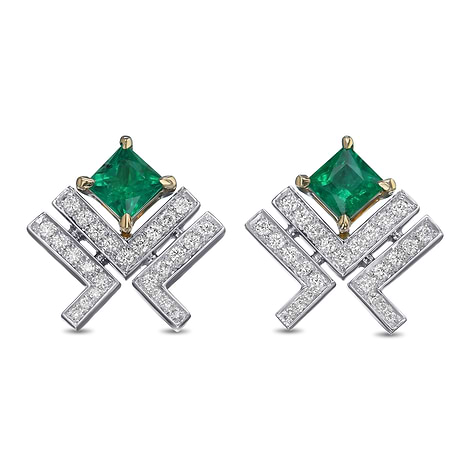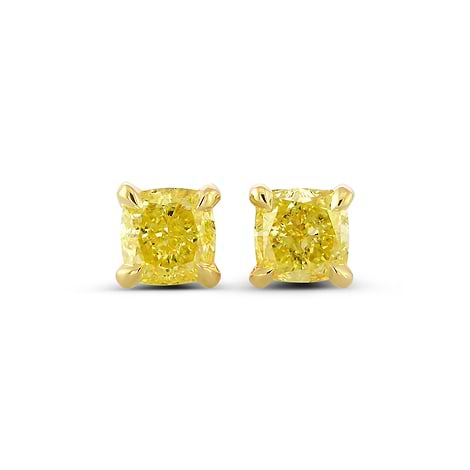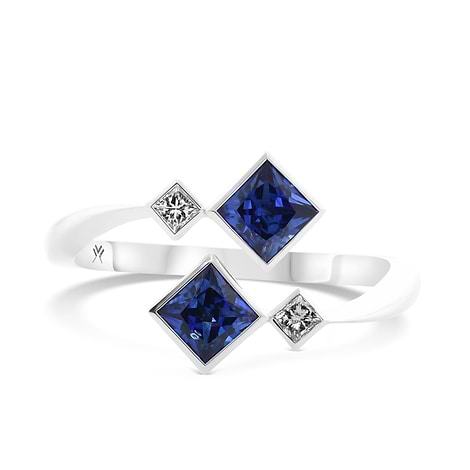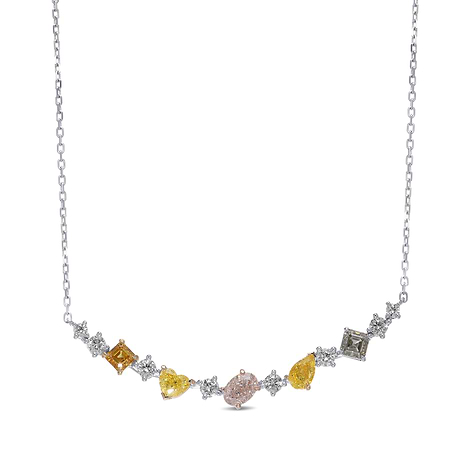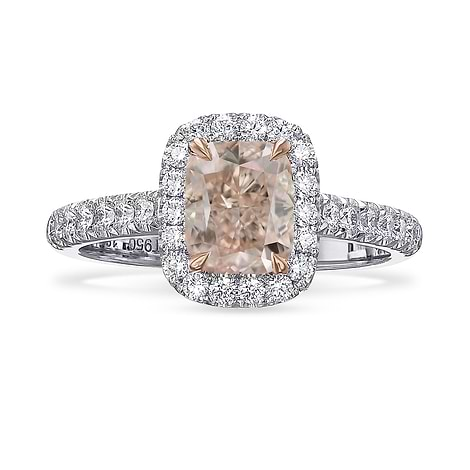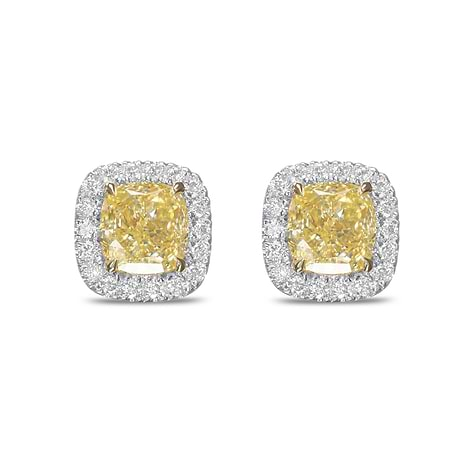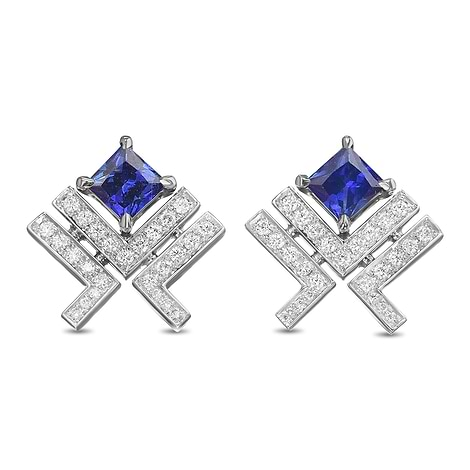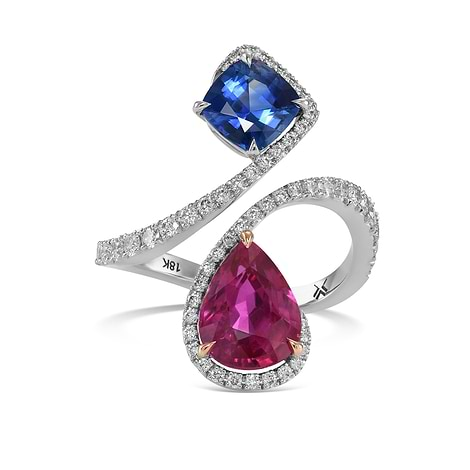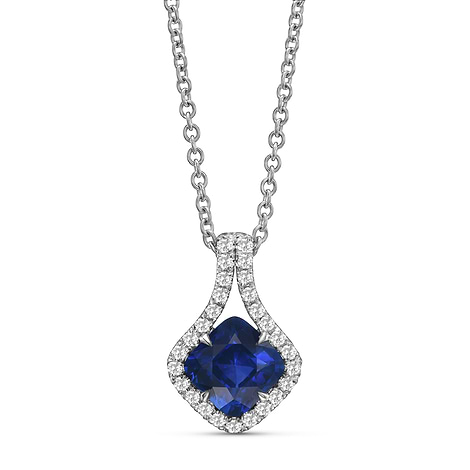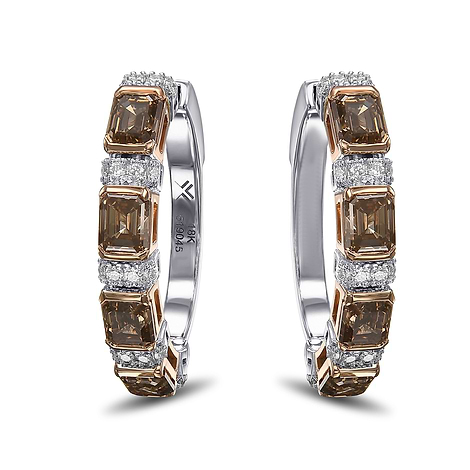We all know that diamonds have been here longer than we have, but when exactly were they first discovered? More importantly, when were they first used for jewelry? By taking a quick look at the history of diamonds we will be able to learn a bit more about how diamond jewelry came to be.

Yellow diamond pendant by Leibish
India – Where it All Began
Diamonds can be found across the globe, but our narrative commences in India, where it is believed the first diamond was discovered. Initially prized for their capacity to refract light rather than their aesthetic appeal or durability, diamonds were favored for their suitability in talismans and embellishments. Over time, their significance shifted; during the Dark Ages, diamonds were attributed with medicinal properties, evolving from mere curatives into objects of worth during the Middle Ages.
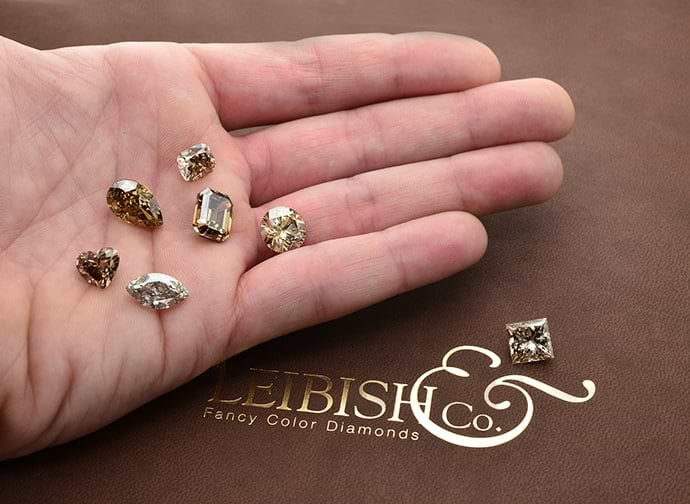
Brown diamonds by Leibish
Read about when diamonds were first used for engagement rings
Diamonds Come to Europe
For over 1,000 years, diamonds only existed in India. In 327 BC, Alexander the Great, who was the king of Macedon, brought the first diamonds from India to Europe. However, it was only centuries later that diamonds began to be incorporated into jewelry pieces. This first occurred in 1074 when a Hungarian queen’s crown was adorned with the precious stones. Another three hundred years would need to pass before the Point Cut was invented, thus allowing diamonds to be effectively cut according to its natural shape while reducing waste. Until then, only well-formed diamonds were used. All of the others were discarded because no one knew how to cut them properly.
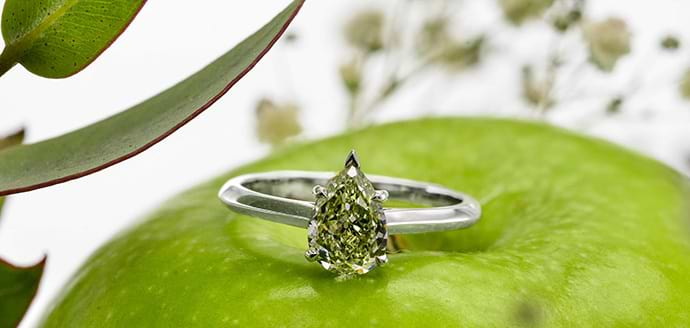
Chameleon Diamond Ring by Leibish
Read the Diamond Engagement Ring History - The Magic of the Ring
The Evolution of the Diamond in the Jewelry World
After mastering the art of cutting diamonds with precision, the role of diamonds in the realm of jewelry underwent a swift transformation. In 1477, marking a significant moment, a diamond ring was presented as an engagement ring for the first time. Archduke Maximilian of Austria bestowed this diamond ring upon Mary of Burgundy, inaugurating the tradition of proposing marriage with a diamond ring. Subsequently, in 1520, the Rose Cut emerged, followed by the Peruzzi Cut in 1681, alongside numerous other cuts in the succeeding years.
Although India was the only source of diamonds for hundreds of years and still remains the original source of very large diamonds that are almost impossible to find today, many other sources have since been discovered, including South Africa and Australia. Diamonds are mainly appreciated today for their beauty and prestige, which is why they are used in jewelry, but the other purposes they had throughout history still cling to them in some way or another. Diamonds represent forever. Though they are no longer believed to possess protective or healing powers, their enduring durability communicates messages of loyalty to those who receive them, making them an enduring choice for jewelry.FAQ
When and where were diamonds first discovered for jewelry use?
Diamonds were first discovered for jewelry use in India, around 4th century BC.
How did diamonds make their way from India to Europe for jewelry purposes?
What are some key historical diamond cuts that shaped jewelry design?
- The Rose Cut (1520): A flat-bottomed dome shape with a faceted top, resembling the petals of a rose.
- The Peruzzi Cut (1681): Developed by Venetian diamond cutter Bartholomew Peruzzi, featuring a deeper pavilion and fewer facets than the Rose Cut.
- The Old Mine Cut (18th century): A precursor to the modern brilliant cut, characterized by a cushion-shaped outline with larger facets and a smaller table.
